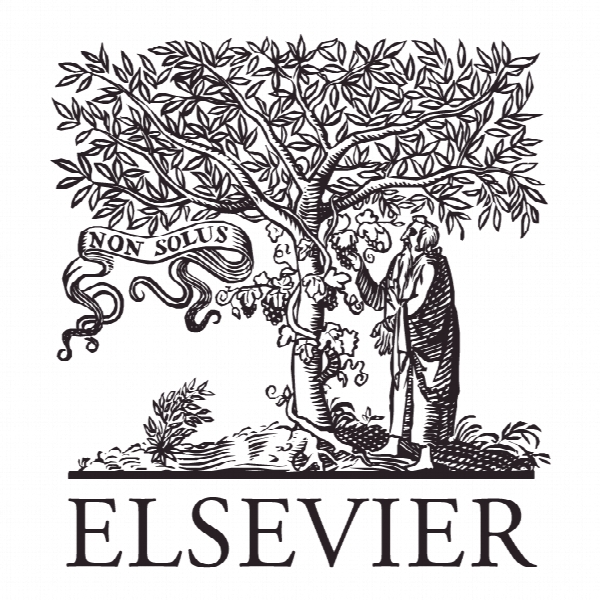چگونه جمع آوری اطلاعات، پیش بینی نتایج حاصل از بازار را بهبود می بخشد How crowdsourcing improves prediction of market-oriented outcomes
- نوع فایل : کتاب
- زبان : انگلیسی
- ناشر : Elsevier
- چاپ و سال / کشور: 2017
توضیحات
رشته های مرتبط مدیریت
گرایش های مرتبط مدیریت کسب و کار MBA
مجله تحقیقات بازاریابی – Journal of Business Research
دانشگاه سنت جوزف، امریکا
نشریه نشریه الزویر
گرایش های مرتبط مدیریت کسب و کار MBA
مجله تحقیقات بازاریابی – Journal of Business Research
دانشگاه سنت جوزف، امریکا
نشریه نشریه الزویر
Description
1. Introduction Managers must continually respond to a rapidly changing marketplace in order to protect their competitive advantage. This obligation is recognized across diverse disciplines such as marketing (Day, 2011), innovation (Bharadwaj & Noble, 2015), strategic management (D’Aveni, Dagnino, & Smith, 2010), and forecasting (Armstrong, 2006). Dynamic capabilities, a firm’s ability to adapt competences and resources to better respond to the marketplace (Eisenhardt & Martin, 2000; Teece, Pisano, & Shuen, 1997), play an important role in this regard. As business leaders manage this evolution, one of the most important and difficult tasks they undertake is to predict uncertain market conditions and future business outcomes (Day, 2011; Yan & Ghose, 2010). The ability to make effective predictions about markets is especially important as managers develop strategies and implement plans, and forecast the resulting impact on sales, profit, and firm value (Morgan, 2012; Rao & Bharadwaj, 2008). This article introduces crowdsourcing as an innovative decision support tool that can enhance market information processing and directly improve market-oriented predictions (e.g., consumer preferences or competitor response) and business forecasts (e.g., sales or profits) (Narver & Slater, 1990). These market-oriented predictions occur at the intersection of important dynamic capabilities: market learning is translated into forecasts that support planning and implementation, new product development, pricing, and strategic decision-making (Morgan, 2012; Vorhies & Morgan, 2005). Market learning not only plays a critical role at this intersection (Cepeda & Vera, 2007) but it is also identified as one of the most significant areas of dynamic and marketing capabilities improvement (Morgan, 2012; Vorhies & Morgan, 2005; Vorhies, Orr, & Bush, 2011). Unfortunately, forecasting often struggles to be proficient in forecasting (Kahn, 2002; Srivastava, Shervani, & Fahey, 1999; Yan & Ghose, 2010). For example, in response to a major product launch failure, attributed largely to forecasting errors, Procter & Gamble’s CEO pledged to make better use of online tools to support demand forecasting and innovation initiatives (Neff, 2012). As an example of the importance of forecasting in designing and executing business strategies, the Marketing Science Institute designates providing guidance to firms on forecasting as one of its foremost 2014–2016 research priorities (MSI, 2014). These examples raise the question of how firms can improve market-oriented predictions and forecasts.


